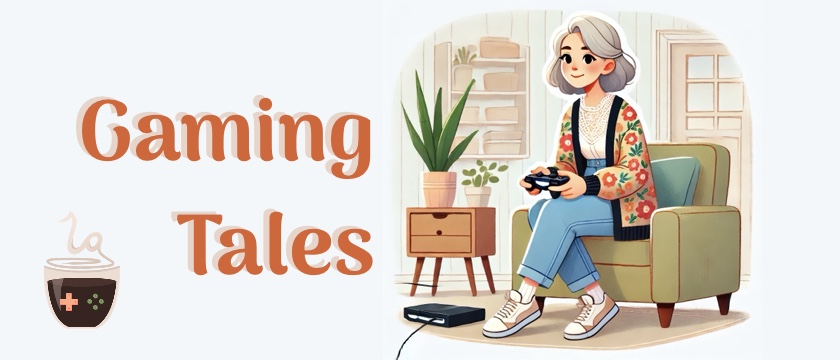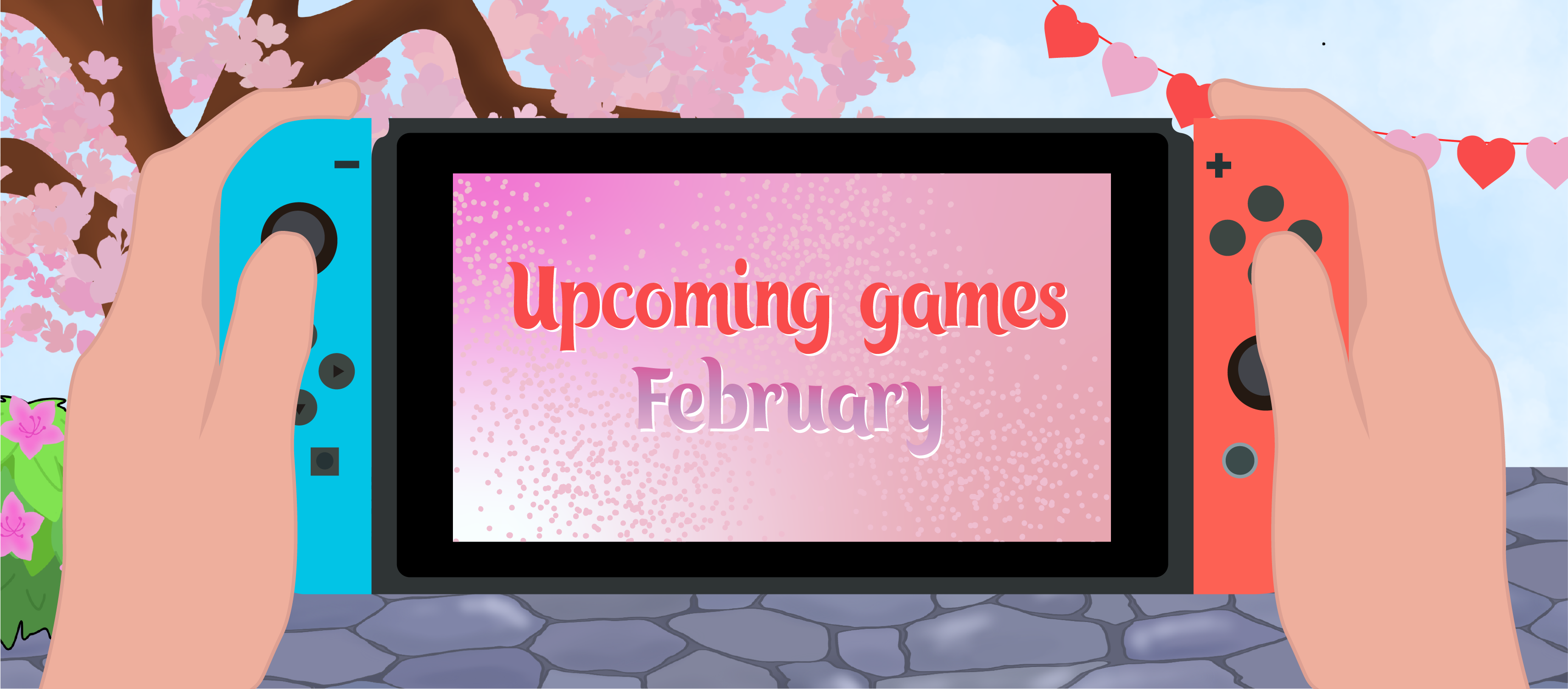Game: Into a Dream
Genre: Adventure
System: Nintendo Switch (also on Steam, PS4, PS5)
Developers | Publishers: Filipe F. Thomaz | Top Hat Studios
Age Rating: EU 12+ | US M 17+
Price: US $13.99 |UK £10.39 | EU € 11,59
Release Date: March 4th, 2021
Review code used, with many thanks to Top Hat Studios!
Note: Due to a major bug, I could not play the last 20-30 minutes of this 3-hour game. I’ve reported the bug, and when a fix is released, I hope to revise the final rating. Meanwhile, this review is partially based on watching the game’s ending in a walkthrough video.
The Dream
You are a man inside another man’s dream. Through advanced therapeutic technology, you’ve entered the psyche of Luke Williams to save him from depression and despair. Quite a job, isn’t it? No pressure, mate.

Most of Into a Dream is simply listening to Luke’s story unfold, with bits of puzzle-solving and platforming in between. The events from Luke’s memories aren’t presented chronologically but are easy enough to follow.
For a game that I expected to be about depression and therefore dark and sombre, much of it was actually pretty serene, even if a slightly sad sort of serene. For a good two hours, the gameplay experience was actually relaxing. Simple but evocatively beautiful backgrounds add to this atmosphere.
The Heartfelt Tale
Only towards the climax does the story and its visual presentation take a dark turn. Overall, the plot feels less like mounting a rescue from depression and more like witnessing a descent into depression. The ending, a ray of hope, comes abruptly.
I found the epilogue a little unsatisfying in that abruptness, as well as in terms of writing style, which felt like a shift from the game’s subtle dialogue to something more child-like. The epilogue also undercut what could have been a powerful theme: that it’s not necessary to fix and rescue everything that’s gone wrong, much less solve things right away.

Still, I like the storytelling—it was well-executed and supported by effective music and sound effects—and well-written dialogue. There are even dialogue choices to make, though I can’t tell if they have any real bearing on the ending. Only replaying the game will tell, but I doubt I’d get much out of a second playthrough. Dialogue does falter on two counts: F-bombs that felt unnecessary and unnatural; and cartoonish “muahaha” laughter from a sinister character who would have looked better without horns.
One issue with the whole rescue mission is that I didn’t feel I was really helping Luke very much in the end. Was that intentional, a kind of message to say that only we can help ourselves? I’m not sure what the game wanted to convey by that. As player-character John Stevens, my efforts went mainly into uncovering Luke’s memories rather than particularly helping him. So I wonder if the game’s blurb needs a little revision to adjust player expectations. In any case, I do think the developer has wisely kept the scope of this story small.
I also like that Luke’s story is as close to Planet Earth as many stories get. Presented in a more realistic rather than surrealistic way, it’s about a real illness or condition, about very real everyday people. Luke or his family members could be you or me. And a great thing about Into a Dream is that it’s chosen to focus on a demographic—the working husband/father—who are supposed to put on a brave front and not show that they’re struggling badly. Luke’s character demonstrates that people shouldn’t have to suffer alone silently.

The Jarring Moments
Into a Dream makes a valiant effort towards making the characters realistic and come alive solely through voice-acting, as visually they’re mere silhouettes who don’t move. The voice-acting for John Stevens and Luke Williams is heartfelt and a fine effort, though sometimes a little over-the-top for John.
Since dialogue is important here, you might want to turn subtitles on. The subtitles are color-coded according to who’s speaking, which is helpful for hard-of-hearing gamers. I wish the font size were much larger, though. Also, yellow subtitles (for Luke’s daughter Anne) were hard to read, so perhaps a different color would have worked better.

The game does just okay in the platforming and puzzle departments—mostly not great, not terrible. Towards the latter half, there was an obscure puzzle (related to a telephone booth) that forced me to look up a walkthrough. The last half hour takes place largely in the dark, so some players might find that inconvenient.
It’s during this chunk of the game that a serious bug occurred, a visual distortion that prevented me from seeing my character and progressing to the next screen. Parts of the screen were blacked out, and the camera view remained stuck on one view. For this reason, I’m rating this game “Not Sure” instead of “I Like It.”
Parental Guidance Note
Into a Dream is rated PEGI 12+ in the UK for sexual innuendos and mild language. In the US, it’s rated Mature 17+ for sexual themes and strong language. That’s what eShop says.
I didn’t actually notice any sexual themes or innuendos. The “strong language” is apparent though, with more than several F-bombs in the game’s second half. As for violence, I recall one depiction of blood that would probably scare a younger child. A noose (symbolizing death or suicide) appears two or three times in the game, which I’m mentioning in case you find them disturbing. But overall, I’d say the game is okay for young teens.

Conclusion
Into a Dream is a decent effort for a solo developer’s small debut game. It’s a promising start in terms of dialogue writing, visuals, and music.
Apart from a game-breaking bug, I would have given it a higher rating if I had experienced more agency as a player, in terms of really making an impact on Luke Williams. I wouldn’t recommend picking it up for the puzzles, only for the themes, though unfortunately, I don’t think the game made an impact on me theme-wise. But I appreciate that it chose to focus on a working father/husband, a demographic we don’t often hear talking about their inner struggles.
Final Verdict: I’m Not Sure





